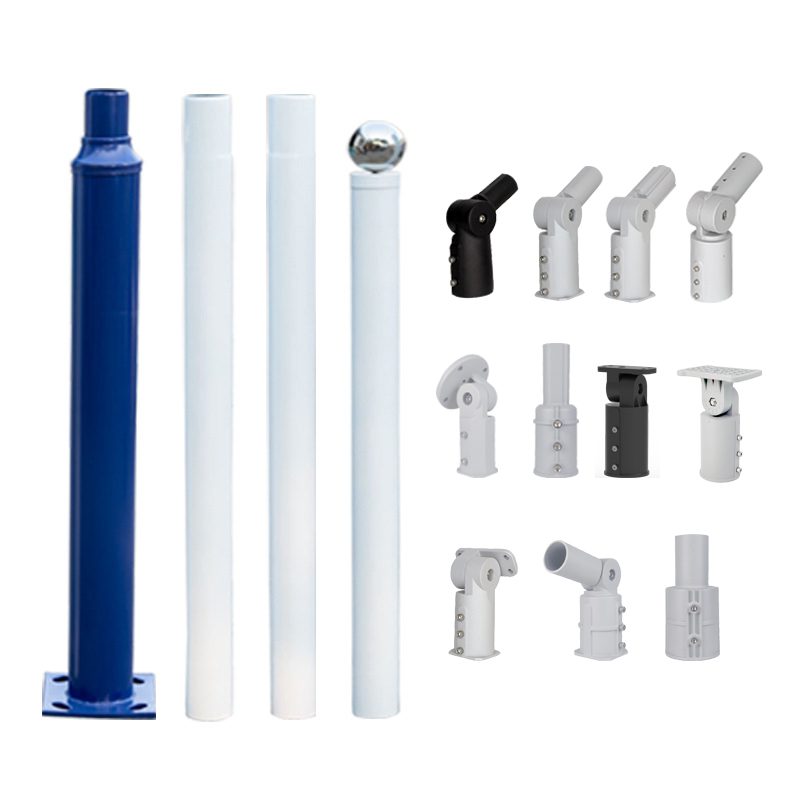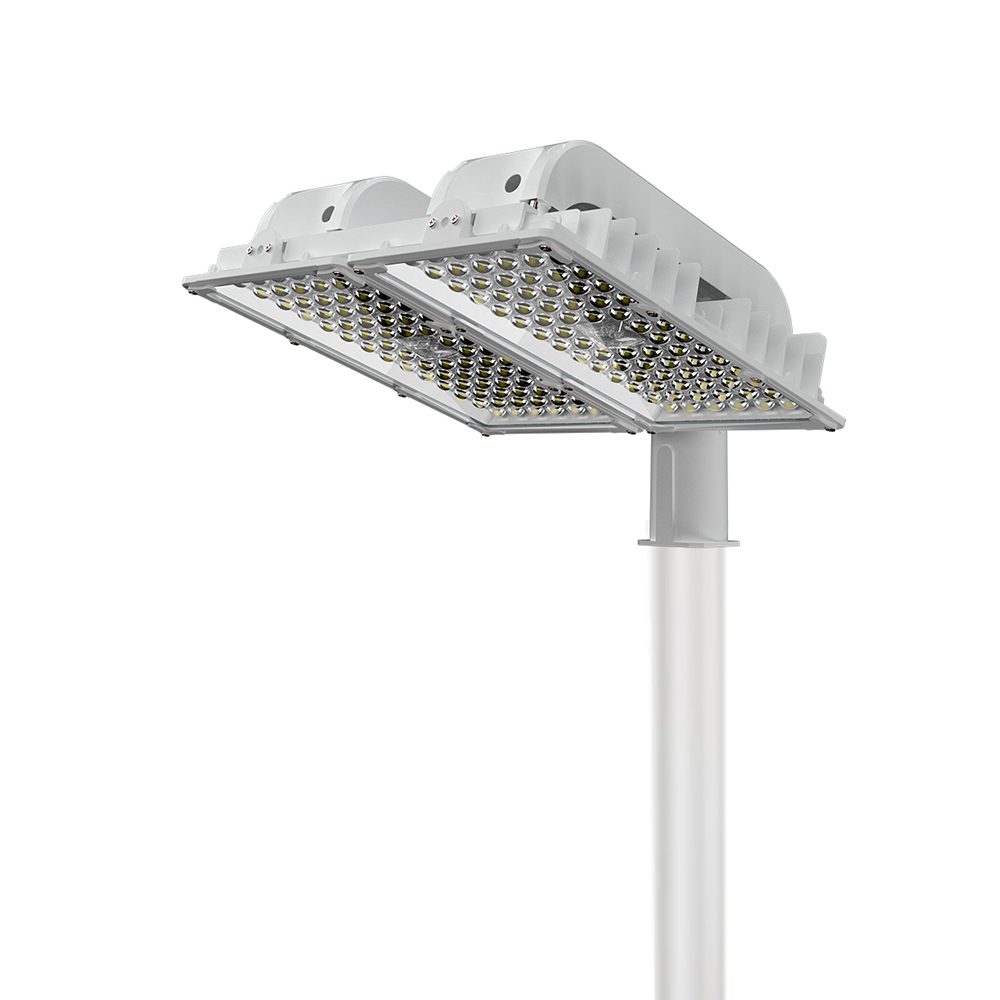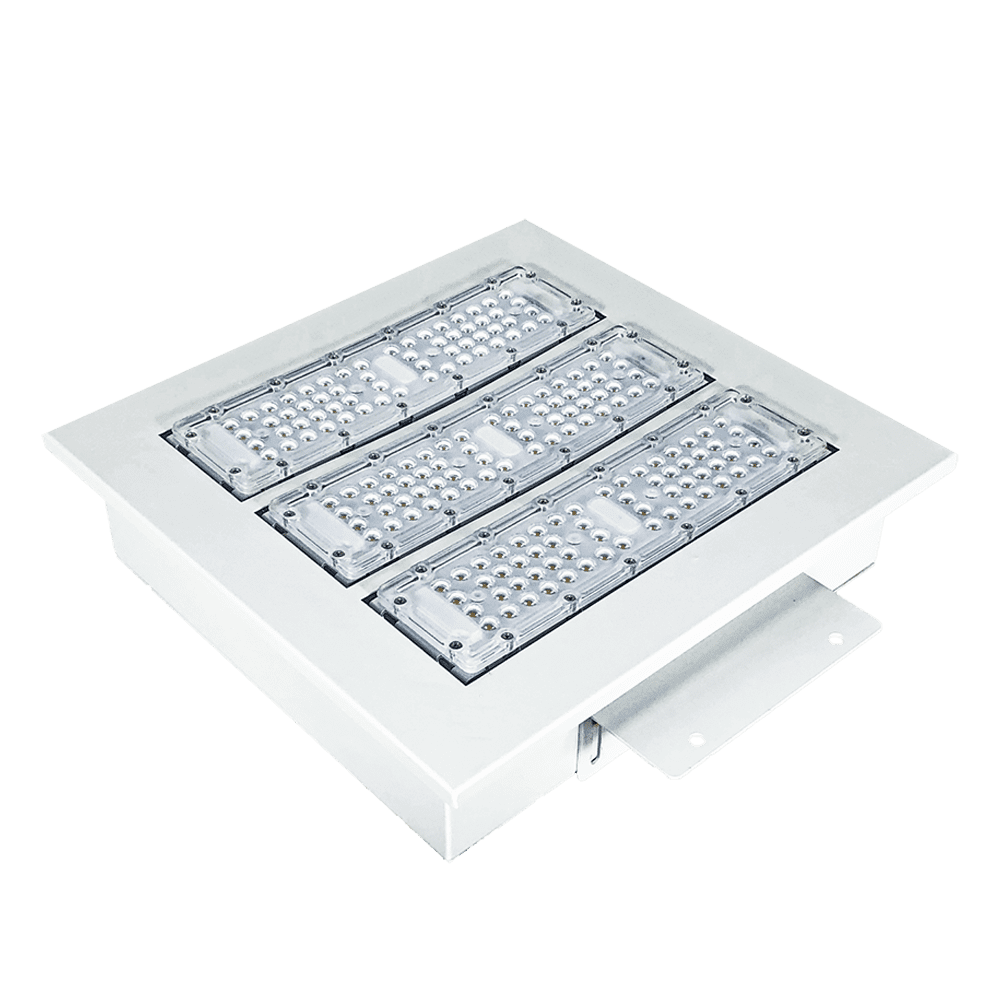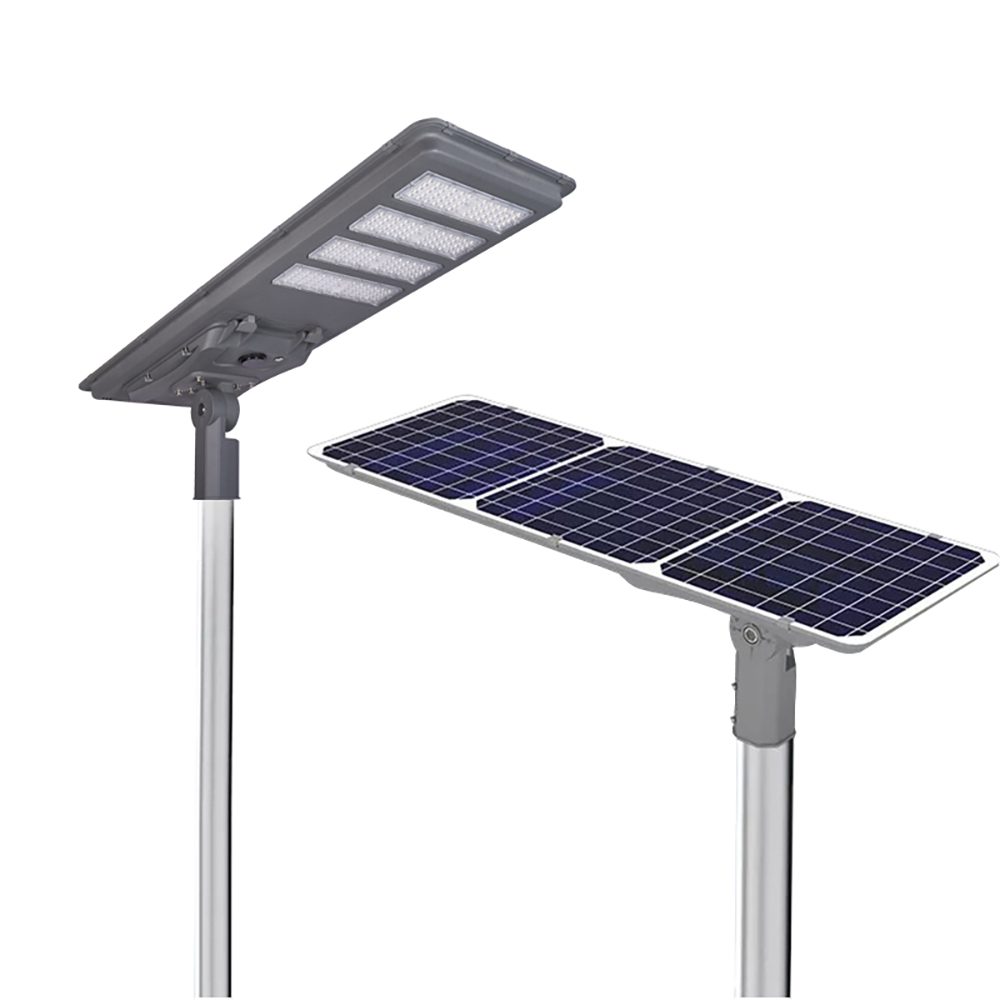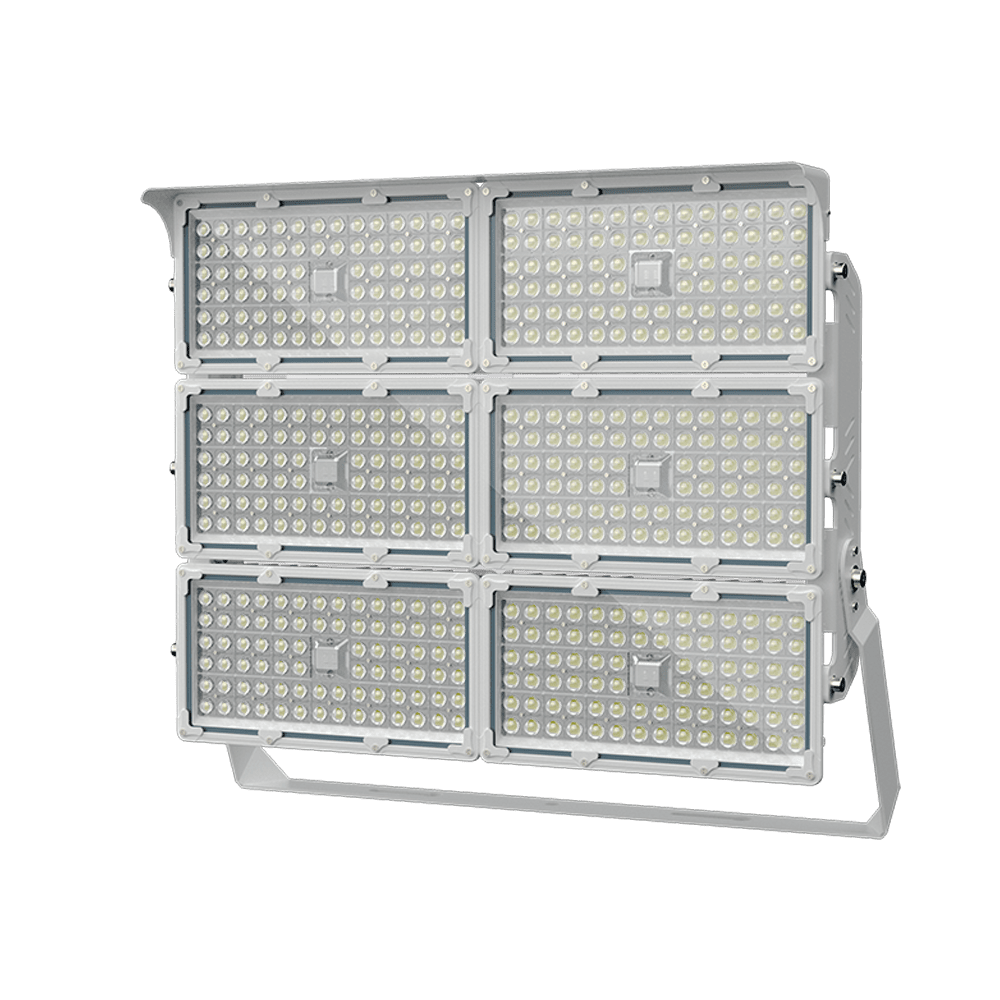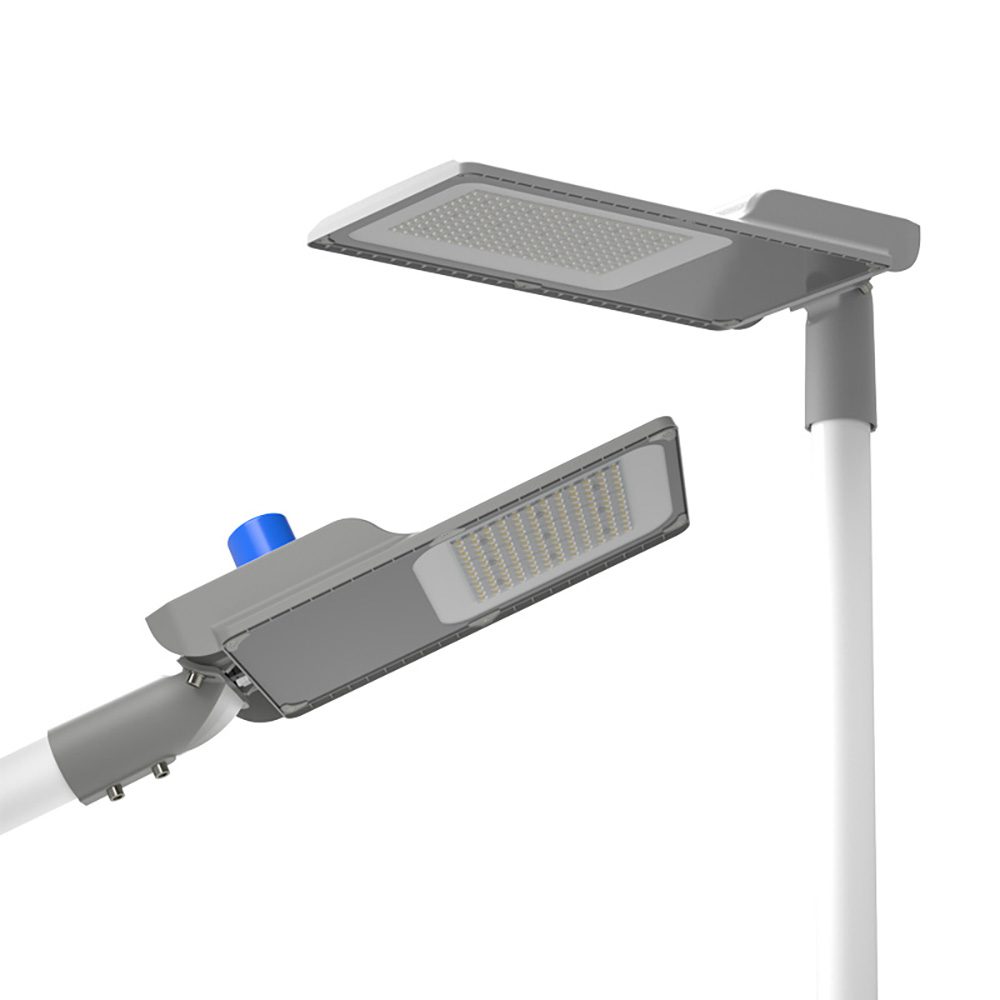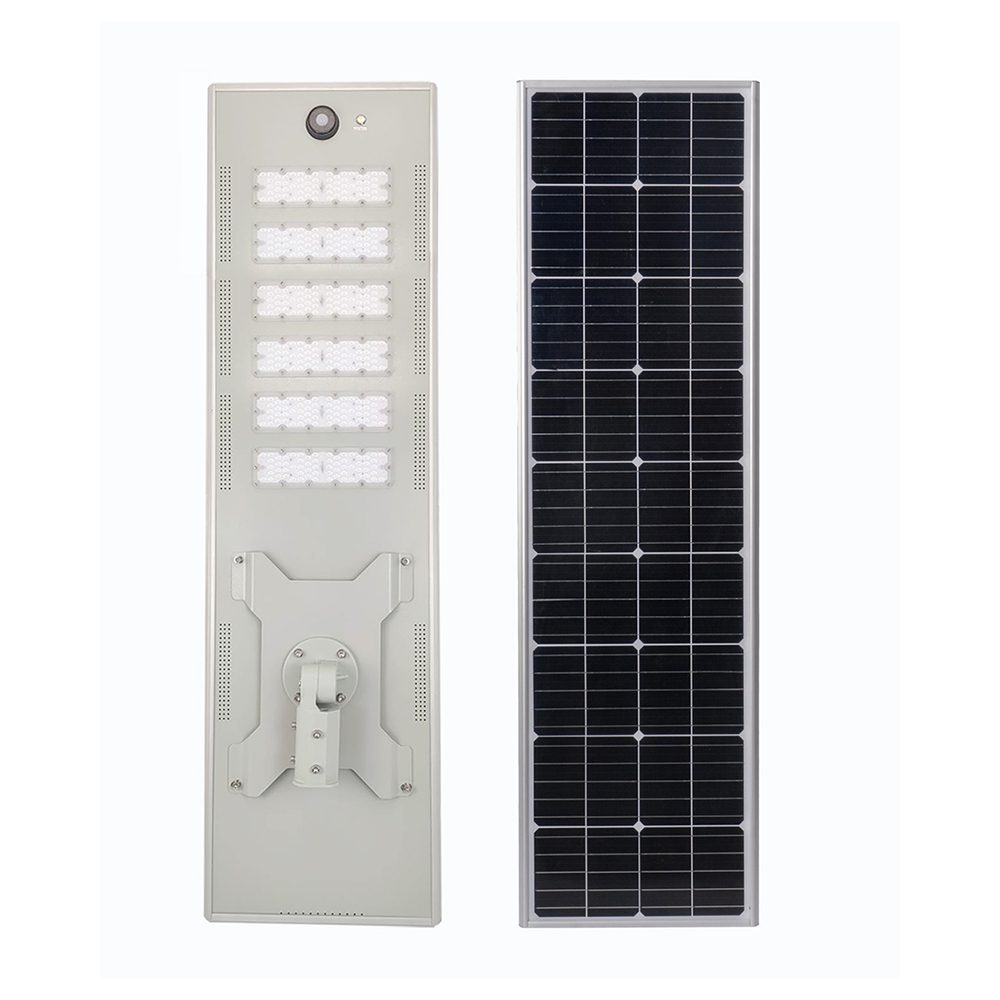In solar power systems, controllers play a crucial role in connecting solar panels to batteries. They regulate current and voltage, ensuring efficient operation of the system. The two common types of controllers on the market are Maximum Power Point Tracking (MPPT) controllers and Pulse Width Modulation (PWM) controllers. While they serve similar fundamental functions, there are significant differences in their working principles, efficiency, and suitable applications.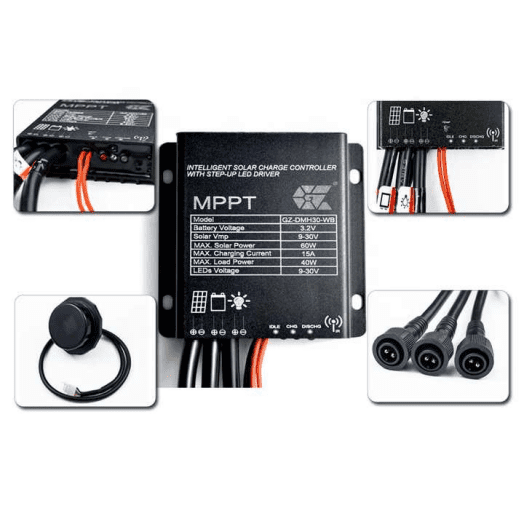
1.Working Principles
PWM Controller
PWM controllers manage the output energy by adjusting the voltage and current during battery charging. They switch the power source at a fixed frequency using pulse width modulation technology to control the average charging current. In simple terms, PWM controllers operate like a switch, rapidly turning on and off to regulate current and achieve charging.
MPPT Controller
MPPT controllers use Maximum Power Point Tracking technology, continuously monitoring the output power of solar panels and automatically adjusting their operating voltage and current to ensure they operate at maximum power point. This means that MPPT controllers can dynamically optimize the output of the panels based on changing sunlight conditions, enhancing the overall system efficiency.
2.Efficiency Comparison
In terms of efficiency, MPPT controllers generally outperform PWM controllers. PWM controllers may fail to fully utilize the output capacity of solar panels under poor lighting conditions, leading to energy loss. In contrast, MPPT controllers can effectively capture more energy by adjusting in real-time, especially in environments with fluctuating sunlight, achieving efficiency gains of 20% to 30%.
3.Suitable Applications
PWM Controller Applications
PWM controllers are suitable for small solar systems or environments with stable lighting conditions. For instance, in small household solar power systems, PWM controllers can meet basic energy needs, and they are relatively low-cost with simple installation and maintenance.
MPPT Controller Applications
MPPT controllers are better suited for large-scale or complex solar power systems, particularly in areas with frequent changes in sunlight conditions. For example, large solar power systems in residential communities or photovoltaic projects in commercial buildings can maximize the potential of solar panels, providing higher energy output and better economic benefits.
4.Cost and Return on Investment
In terms of cost, PWM controllers are usually less expensive, making them suitable for budget-conscious users. Although MPPT controllers require a higher initial investment, their efficient energy utilization can yield a higher return on investment over time. This means that users need to consider their needs and budget comprehensively when choosing a controller.
In summary, MPPT and PWM controllers each have their characteristics and suitable scenarios. PWM controllers are simple and low-cost, ideal for small systems, while MPPT controllers, with their efficient energy tracking capabilities, are suitable for more complex solar power projects. When selecting a controller, users should consider system size, sunlight conditions, and economic budget to ensure optimal energy utilization. By choosing the appropriate controller, users can maximize the performance of their solar power systems and achieve sustainable development goals.

